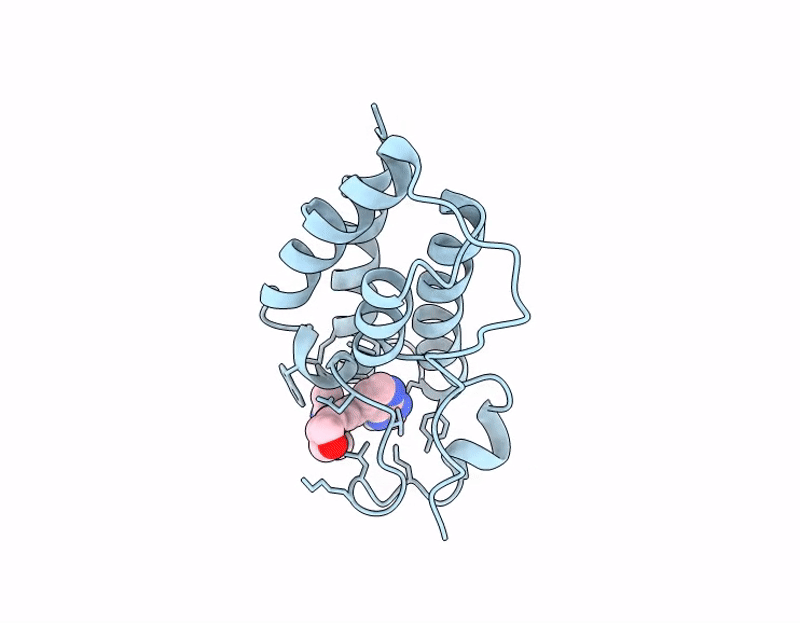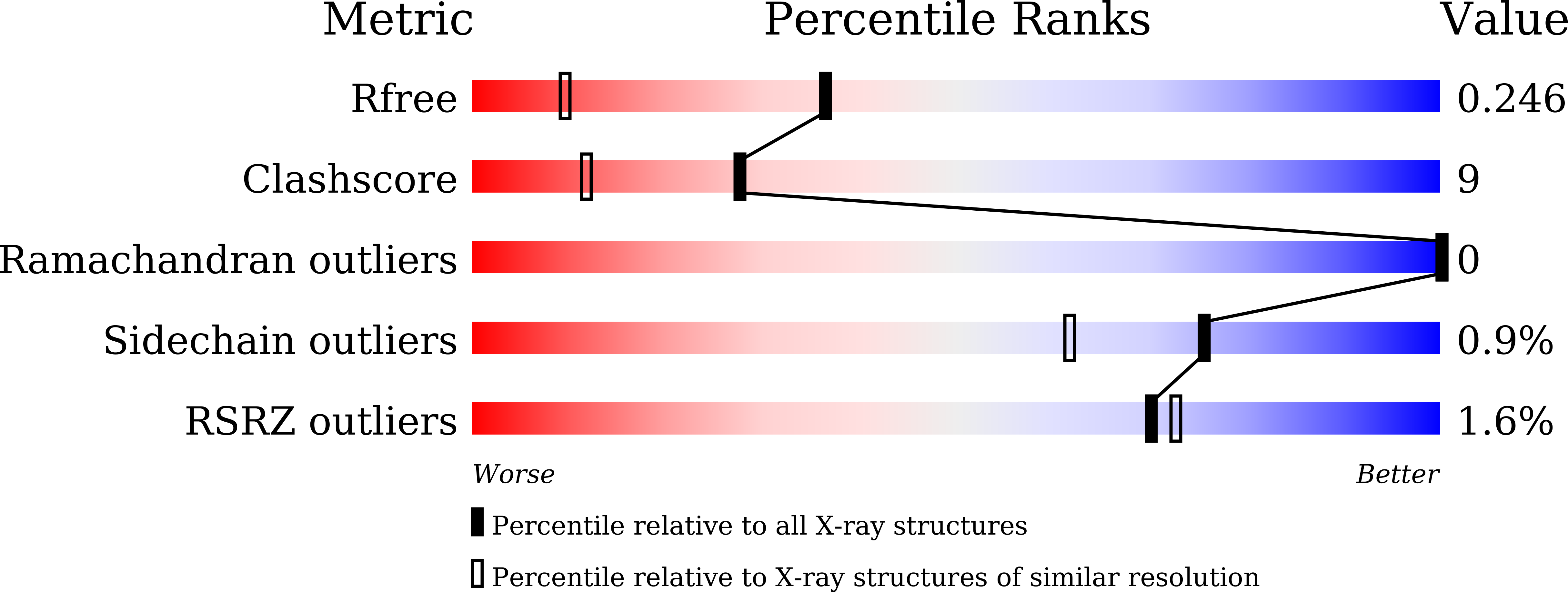
Deposition Date
2024-07-23
Release Date
2025-10-01
Last Version Date
2025-10-01
Method Details:
Experimental Method:
Resolution:
1.59 Å
R-Value Free:
0.24
R-Value Work:
0.20
R-Value Observed:
0.21
Space Group:
P 21 21 21


